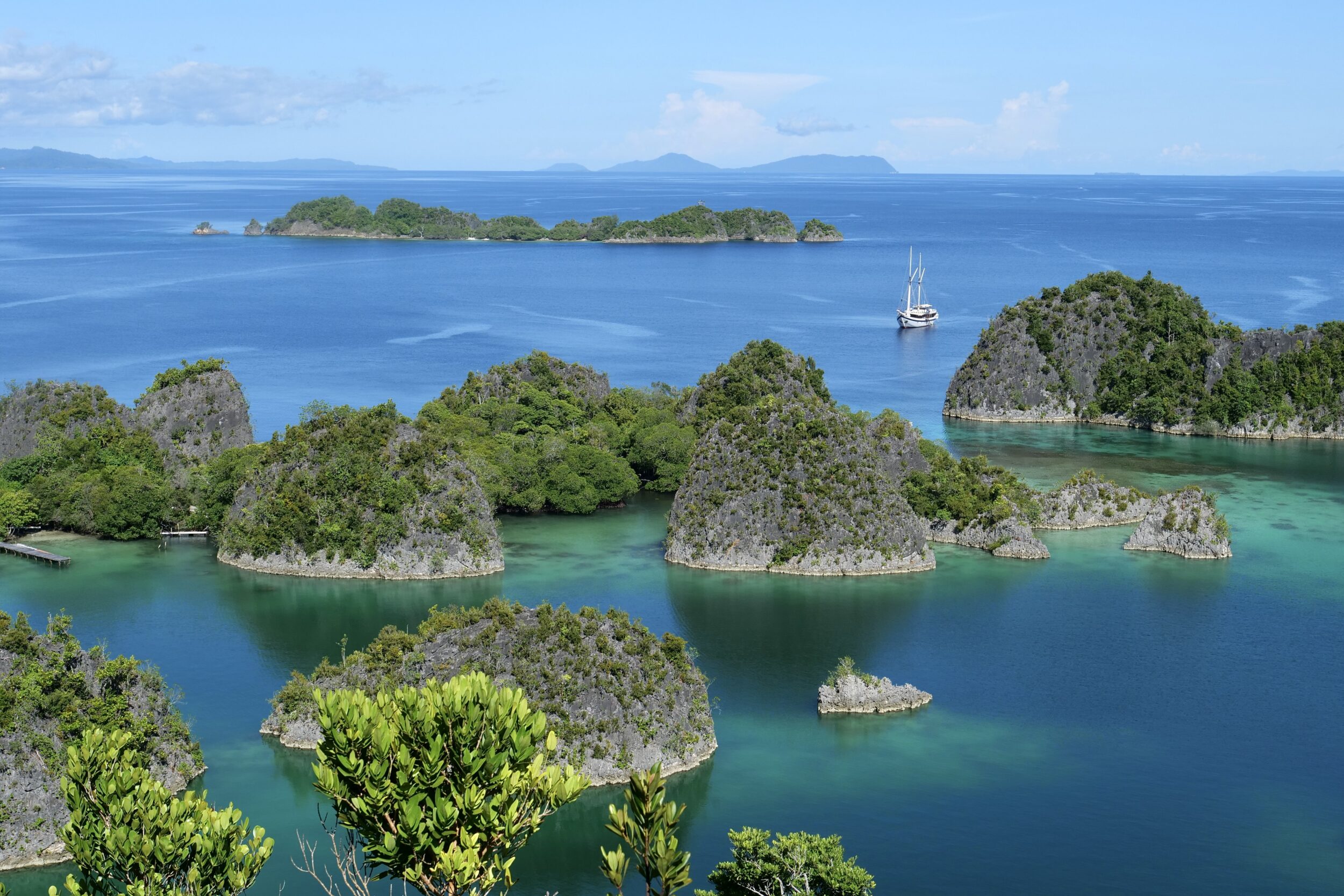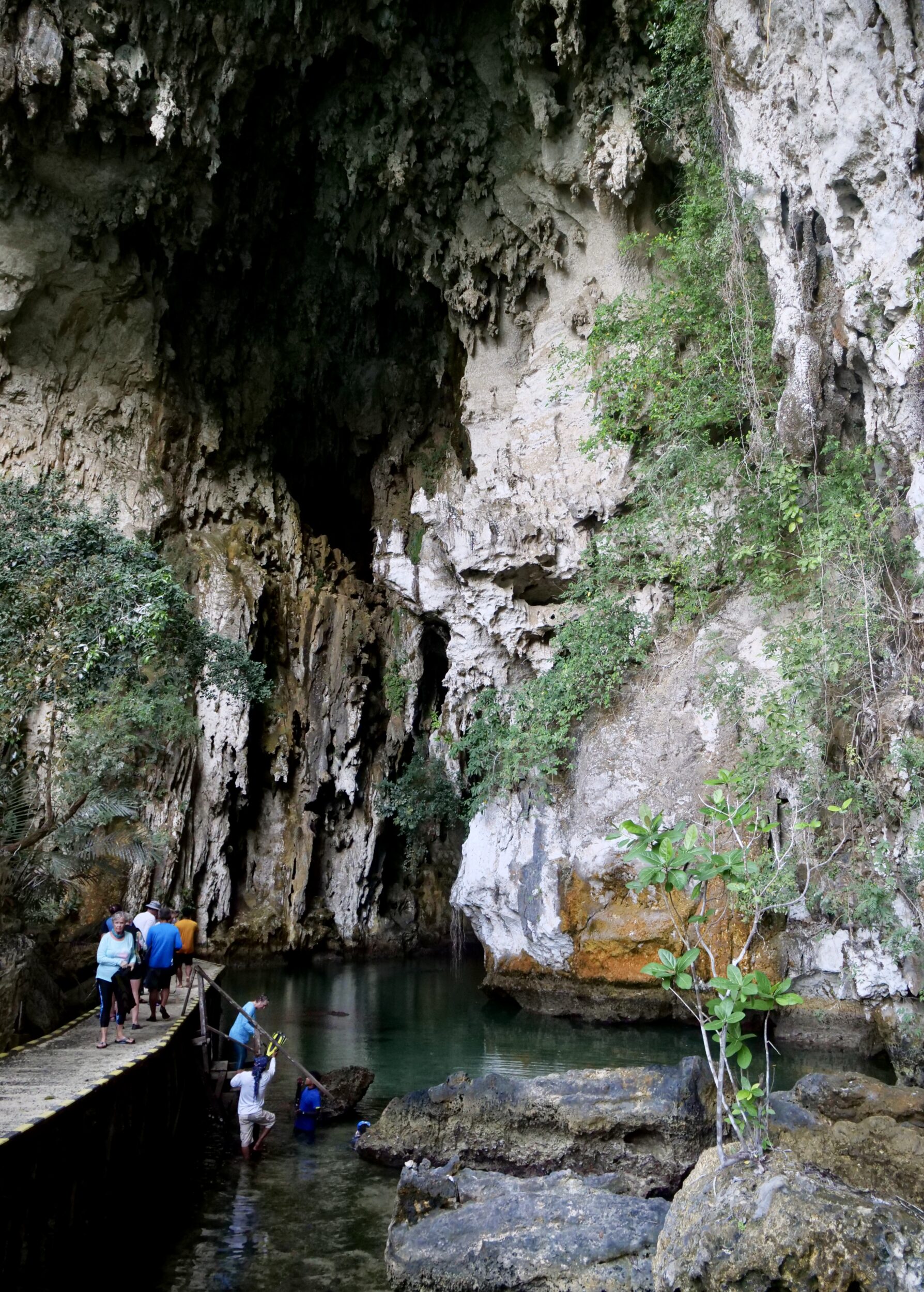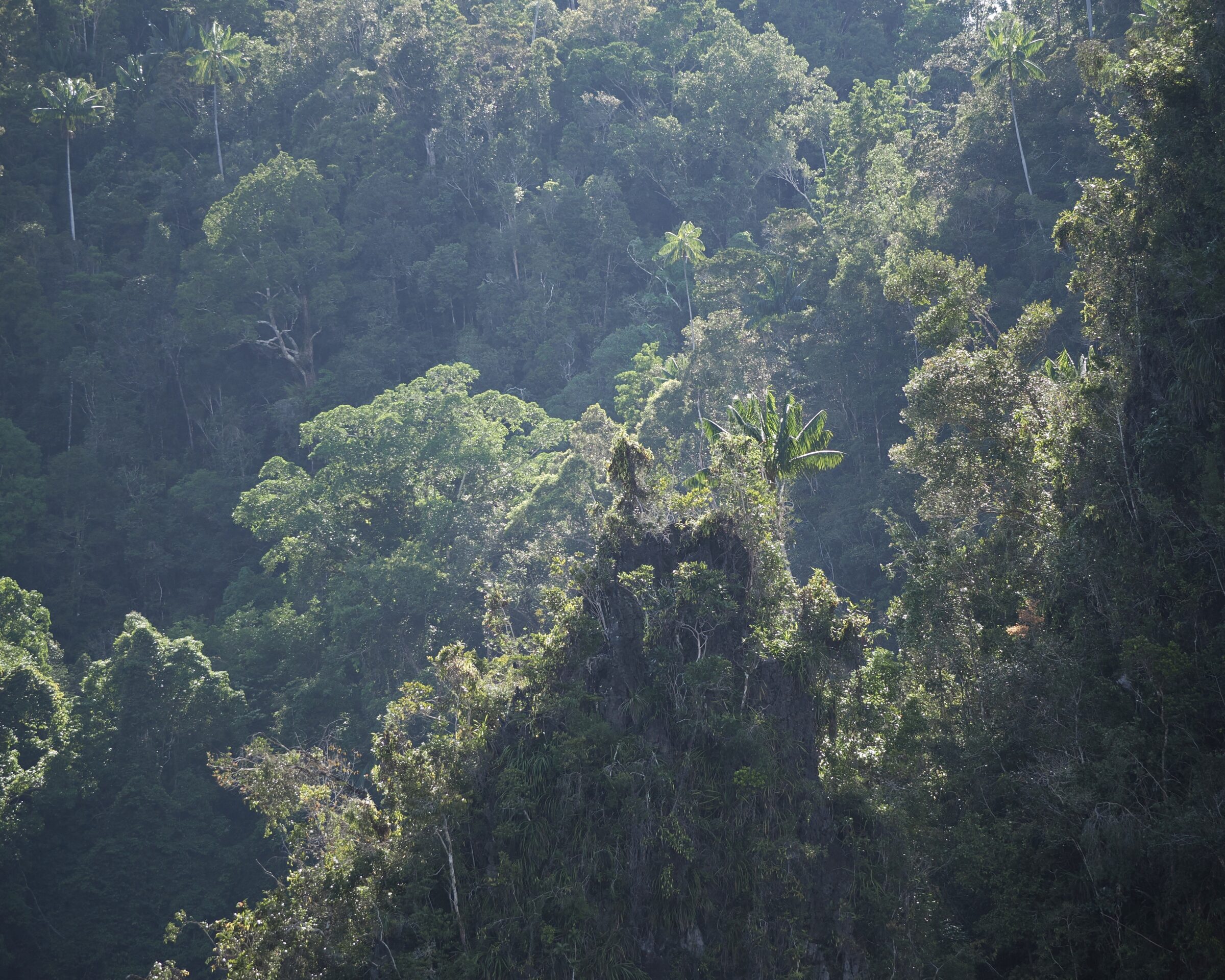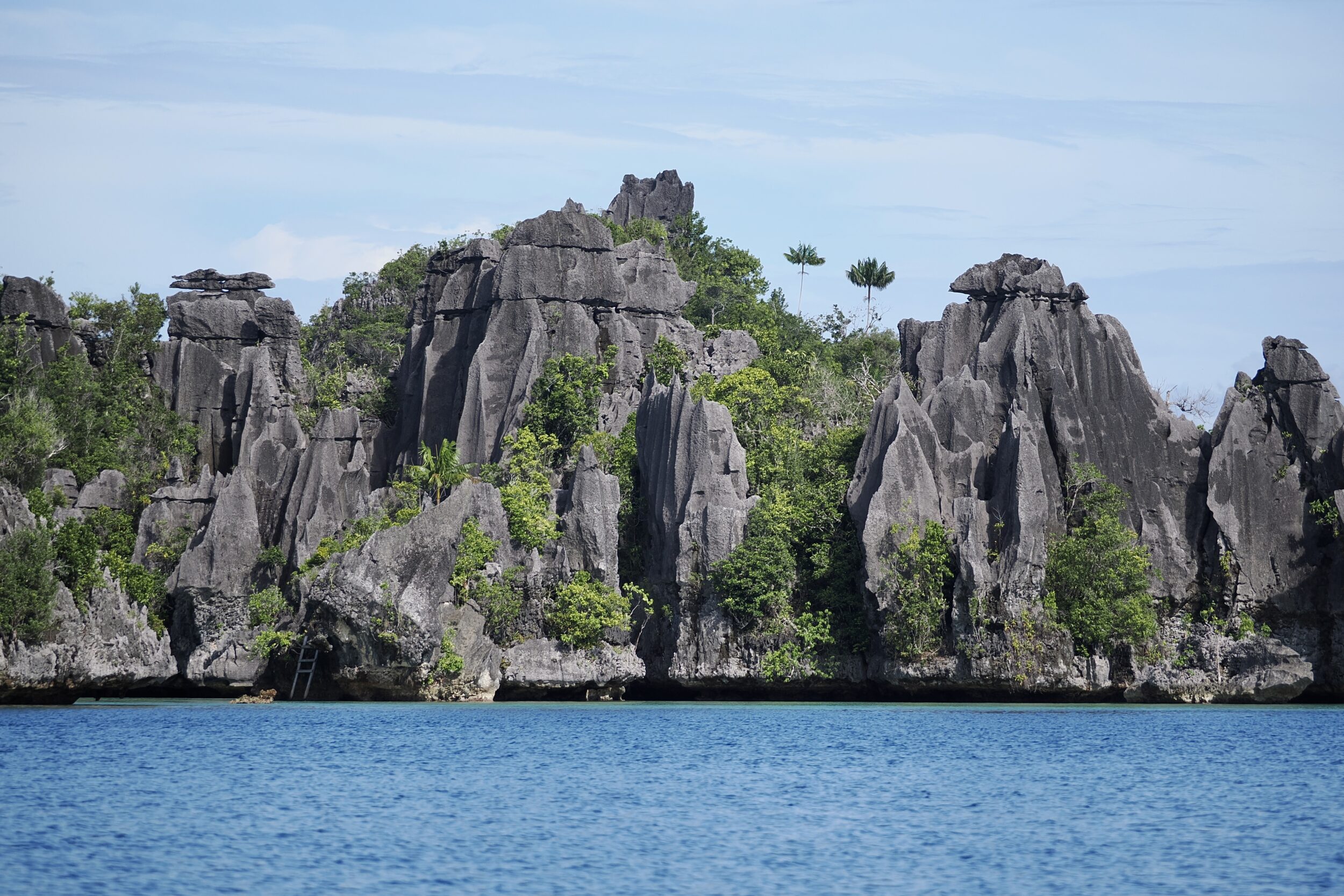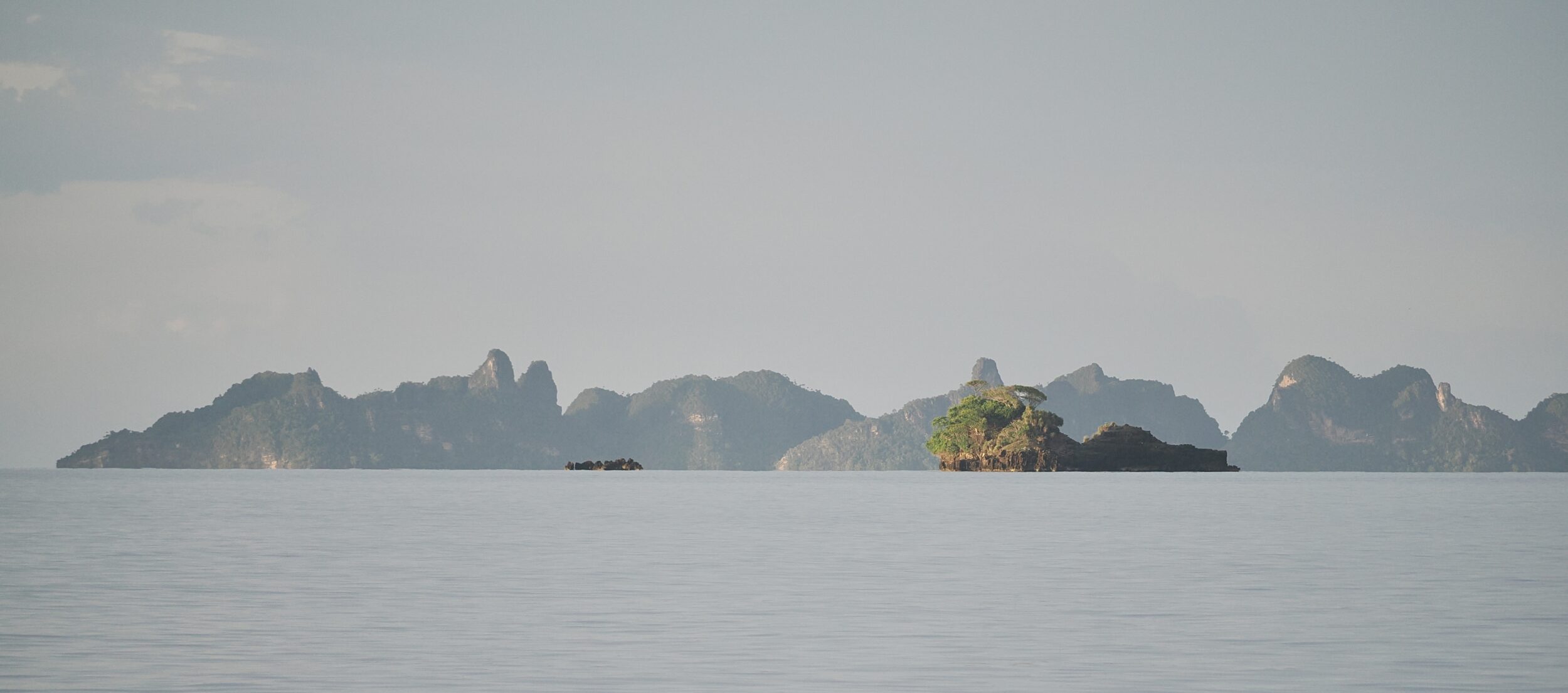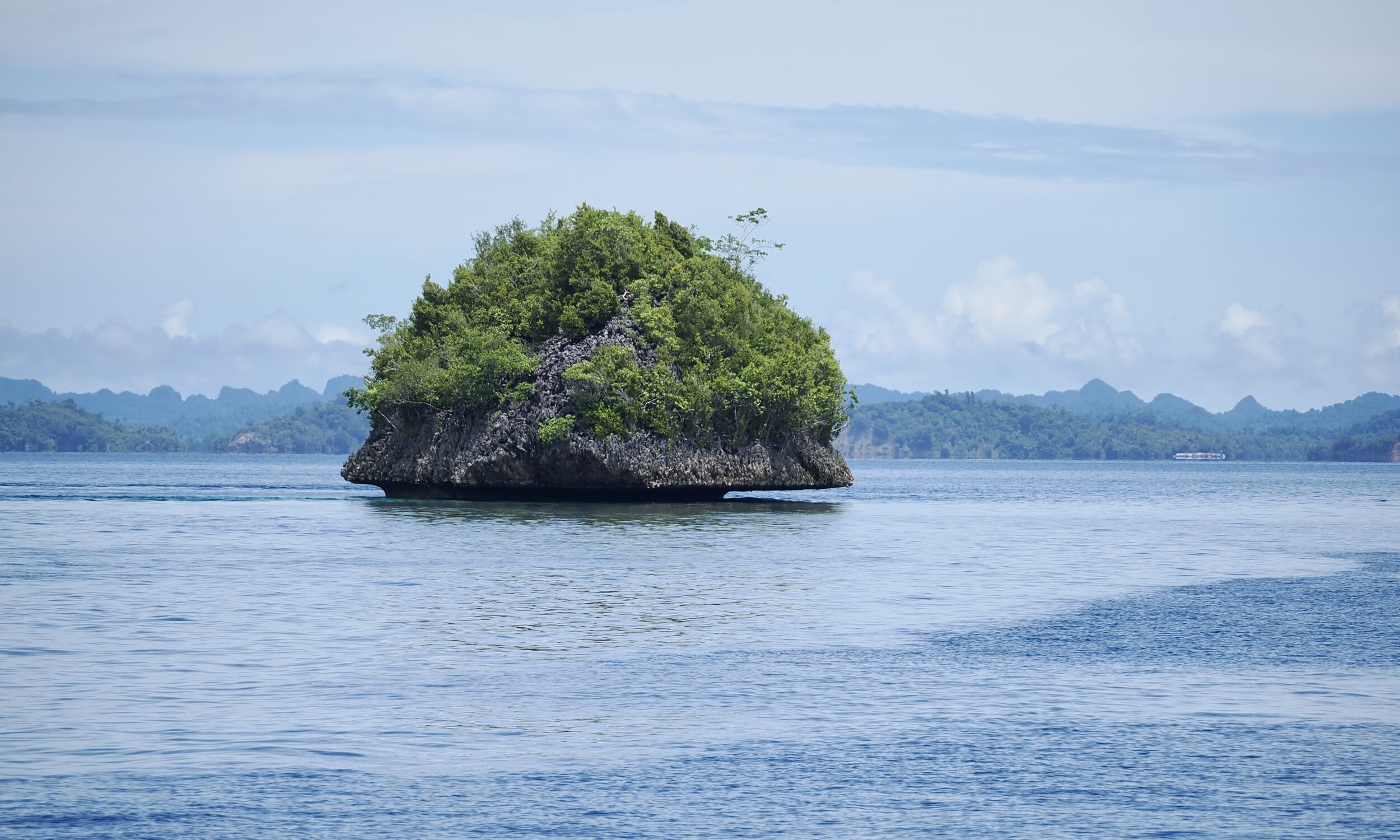Raja Ampat’s most celebrated viewpoint is the hilltop lookout on Piaynemo (aka “Pianemo”) – a relatively small island near the southwestern end of Waigeo – the archipelago’s biggest island.
You are looking at just part of the 360 degree panorama.
Comments closed